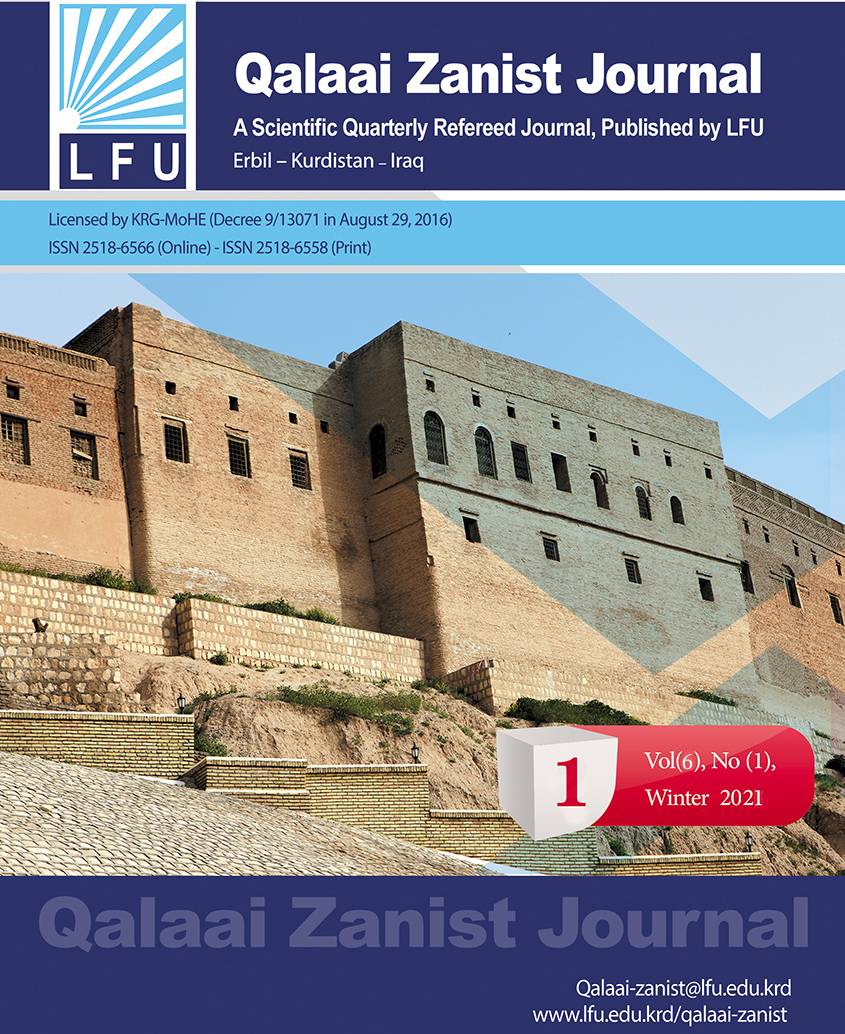Organized Crime and Social Security
##plugins.themes.bootstrap3.article.main##
Abstract
This research is an analytical theoretical research that stands on the most appropriate ways to confront the danger of organized crimes through combating, This research has focused on the concept of organized crime and its implications, and the global management to eliminate this dangerous phenomena.
the research consists of four chapters. First chapter covers the general frame of the research, defining concepts, and view a collection of previous studies. Second chapter includes organized crimes and social security, third chapter was assigned to discuss the motivations of organized crimes, and the fourth chapter presents crime prevention methods, conclusions, recommendations and resources. The research had found that:
- Organized Crimes were available previously, but within a specific limit that did not extend a single region or country. 2-Organized crimes and its affiliate gangs are characterized by great of high degree of social control 3-The existence of hierarchal formation in the organization that depends on central authority, governed by a set of customary rules. 4-Organized crimes activities extend beyond the regional borders of the homland.5-Organized crime tends to have a range of organizational complications to keep up with the developments of modern societies. 6-Organizational crime has become global, so national response measures are no longer sufficient but rather need to take global measures.7-Transitional societies are more vulnerable and exploitation from such criminal gangs than other societies.8-Organized crimes’
Downloads
##plugins.themes.bootstrap3.article.details##
How to Cite
Copyright (c) 2021 Wahida Hama Waiss Nasrulla

This work is licensed under a Creative Commons Attribution 4.0 International License.

